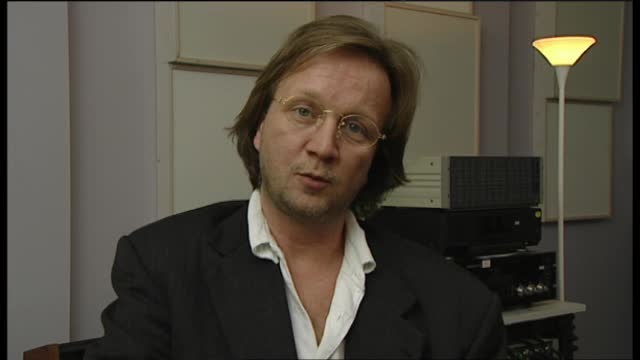Born into a poor Neapolitan family, Caruso was the third of seven children, of whom only three survived infancy. After receiving a basic education he studied technical draftsmanship and at the age of eleven was apprenticed to an engineer who made water fountains. Later he worked with his father, a mechanic and foundry worker, at the Meuricoffre factory in Naples. Meanwhile he sang in his local church choir and in 1889, after the death the year before of his mother, who had encouraged him to pursue his musical ambitions, he began to take singing lessons with Guglielmo Vergine.
To support his family, Caruso worked as a street singer from 1891, also performing in cafes and at soirées. After a short period of military service, completed in 1894, he m...
| Title | |
| CARUSO FOR ALL - The Story of the Gramophone (Classical Documentary, 1998) | |

|
CARUSO FOR ALL - The Story of the Gramophone (Classical Documentary, 1998)
Artists:
Caruso, Enrico -- Gardiner, John Eliot -- Mutter, Anne-Sophie
Label/Producer: Digital Classics Distribution |
